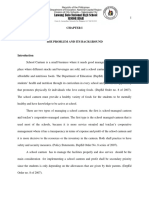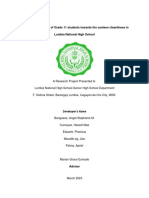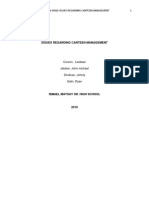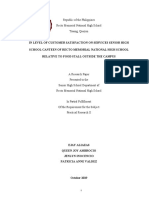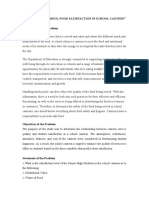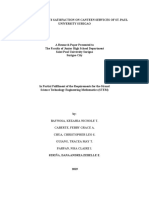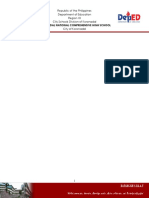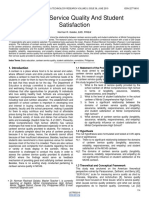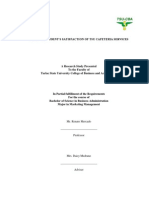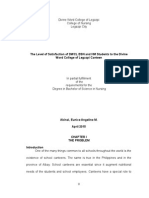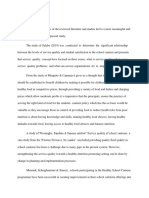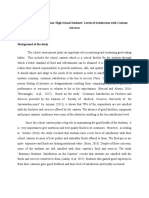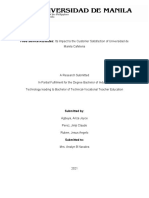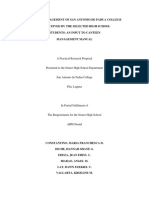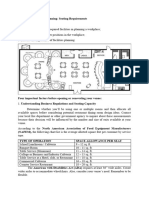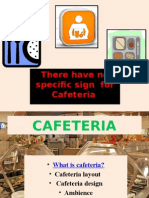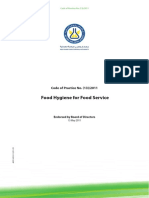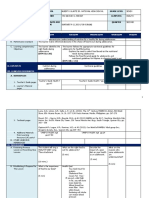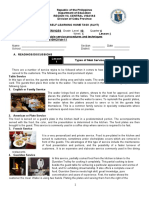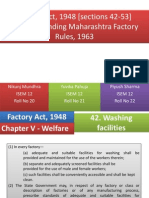100% found this document useful (2 votes)
18K views10 pagesSchool Canteen Management Review
This document reviews related literature on school canteen management. It discusses guidelines set by the Department of Education for operating school canteens. Effective canteen management requires adhering to goals and policies, having an implementation plan, structured operational procedures, trained staff, and efficient financial management. Previous related studies examined issues like the need for improved management systems, ensuring nutritious and affordable food, and the importance of sanitation practices.
Uploaded by
farnisahCopyright
© © All Rights Reserved
We take content rights seriously. If you suspect this is your content, claim it here.
Available Formats
Download as DOCX, PDF, TXT or read online on Scribd
100% found this document useful (2 votes)
18K views10 pagesSchool Canteen Management Review
This document reviews related literature on school canteen management. It discusses guidelines set by the Department of Education for operating school canteens. Effective canteen management requires adhering to goals and policies, having an implementation plan, structured operational procedures, trained staff, and efficient financial management. Previous related studies examined issues like the need for improved management systems, ensuring nutritious and affordable food, and the importance of sanitation practices.
Uploaded by
farnisahCopyright
© © All Rights Reserved
We take content rights seriously. If you suspect this is your content, claim it here.
Available Formats
Download as DOCX, PDF, TXT or read online on Scribd
/ 10





